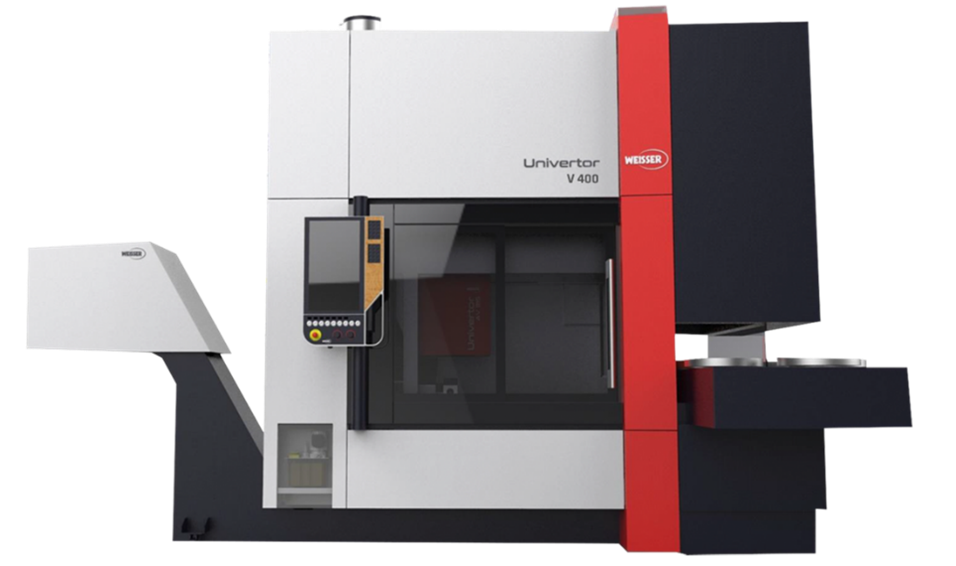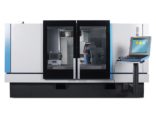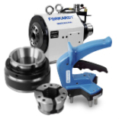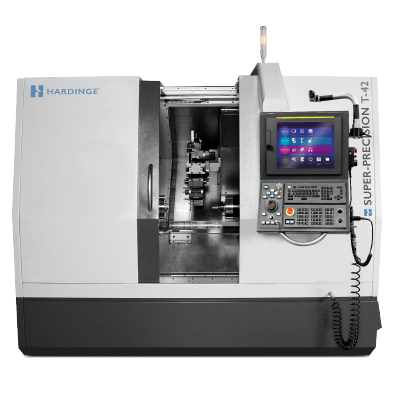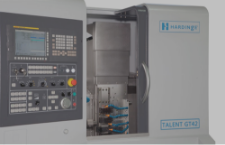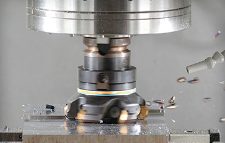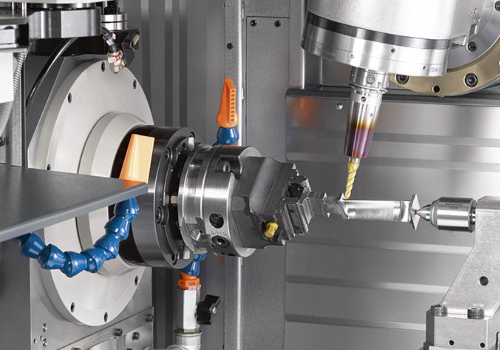In response to changing requirements in various industry sectors, parts manufacturing techniques have been evolving over the past few years. Manufacturing trends in specific industries such as aerospace are driving the development of application-specific technologies and processes. For example, the aerospace industry has issued increasingly stringent demands. They require complex parts with consistently high surface quality, reliable compliance with tight tolerances, high machining speeds, and the documentation and validation of complex processes accompanying production runs, to name a few.
Traditional 3-axis machining tools are being supplanted by the adoption of CNC 5-axis machining. Along with the ability to produce high-quality precision parts, 5-axis machining can deliver faster machining speeds, high yields, and the ability to produce very large, complex parts. While there’s a place for both machining techniques, it helps to understand what differentiates 3-axis and 5-axis machining and for which purposes they are each best suited.
3-Axis Machining – Widely Used and Effective
Familiar 3-axis machining has been used to make mechanical parts for decades. This relatively simple industrial process uses conventional machining tools such as a milling machine, which allows material to be worked on by 3 axes (X, Y and Z). The machining tool proceeds to remove shavings in the three directions corresponding to the axis on a flat surface. While a fine choice for producing parts that aren’t very detailed, 3-axis machining often struggles to handle more complex pieces. Work can become very labor-intensive and render a finish that’s less than perfect.
The Technology Behind 5-Axis Machining
As its name indicates, 5-axis machining involves using a CNC to move a part or cutting tool along five different axes simultaneously, corresponding to the 3 linear X, Y and Z axes, to which are added two axes, A, B or C around which the tool rotates. The two additional axes allow for angling of the spindle head or workpiece in relation to the machining surface. With such a configuration, the part can be approached from all directions and can be worked from five sides in a single operation. While using a 5-axis machine, the machine and the part in motion allow the cutting tool to remain tangent to the cutting surface.
Il sensore sonoro nella struttura 5-axis machine is composed of three main components – the physical machine (spindles, axes, etc.), the CNC drive system (including servo-motors and traverse systems), and the CNC controller which transfers/stores data within the machine and executes the software.
Using the 5-axis technology instead of the conventional 3-axis one means a lower number of configurations is needed to create a part with complex geometries. Firms can produce various complex parts more conveniently and efficiently. The coordinated motion enables the manufacture of several complex elements at higher cutting speeds. In addition, more efficient tool paths are generated, and better surface finishes are possible. More material can be removed with each tool point, so cycle times and associated costs can be reduced. Very complex parts with better surface finishes can be produced, which is why 5-axis is especially popular for aerospace applications.
Jason Vawter, general manager of North Vernon, Ind.-based Injection Mold, attests to the true value of employing five-axis machining for mold manufacture: “The longer we use our five-axis machining center, the more applications we uncover. For example, we had a multi-cavity tool with multiple slides per cavity. Each slide had 20-degree-angle holes as well as a 25-degree angle on the back with tapped holes. Prior to our five-axis machine, machining these would require one setup for each operation on a three-axis mill and five setups with an hour to an hour-and-a-half on each block. Five-axis machining permitted one setup and 20 minutes for each piece.” Source: Mold Making Technology
5-axis machining guarantees a high degree of precision, with reduced tool vibration and a faster machining speed, which can reduce costs. However, high speeds are only an advantage if they don’t impact quality.
Requirements for Successful 5-Axis Machining
Along with the ability to produce more complex, high precision components, 5-axis machining offers various benefits, including reduced lead time, increased efficiency and improved tool life. However, there’s more involved in attaining these benefits than just purchasing the latest 5-axis machining center. For example, having a machinist with the right skill set is vital to maximizing a 5-axis machine’s capabilities.
Also, the machine’s control and software are a critical component. Maintaining extreme precision and quality while slashing cycle times requires sophisticated machine tool technology with top-of-the-line CNC controls. The controller in the machine has to be capable of processing data fast enough to achieve a toolpath with a smooth, uniform motion. Otherwise, a jerky motion could cause gouging.
Hardinge – Your Experienced 5-Axis Machining Partner
At Hardinge, an industry leading metal machining provider, we can help with your 5-axis machining projects. Our Bridgeport XT630 5AX 5-Axis CNC machining centers are designed for accuracy, speed and productivity. Available with a range of options to choose from, they are built to provide years of dependable machining on parts requiring consistent tolerances, tough to machine materials and fine surface finishes.
To learn more about Hardinge 5-Axis solutions, visit the Bridgeport XT-Series site to learn more.

